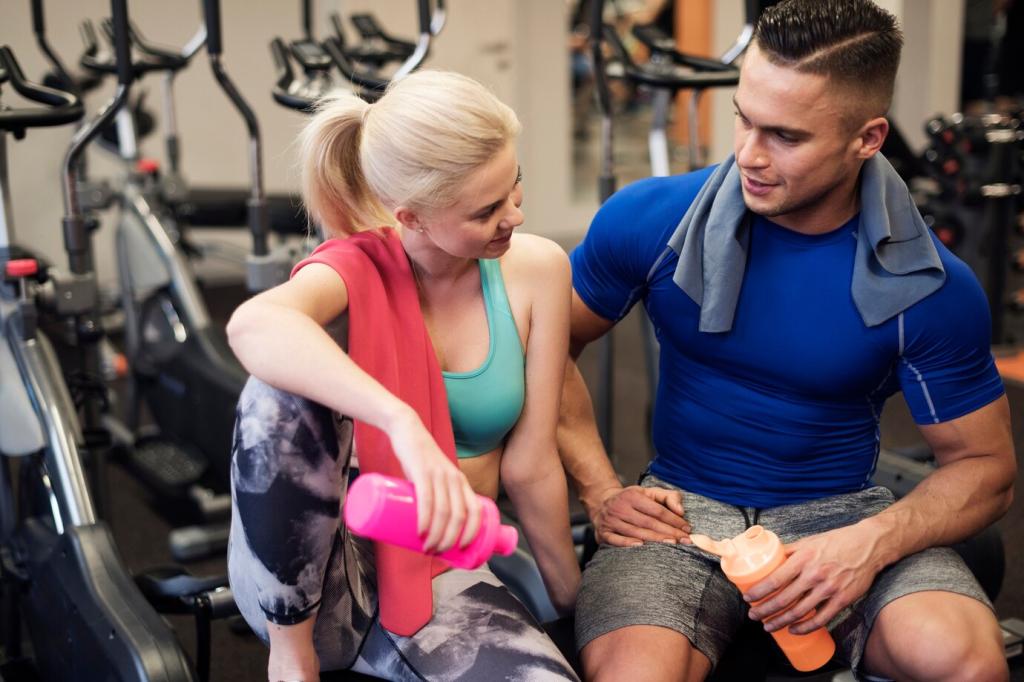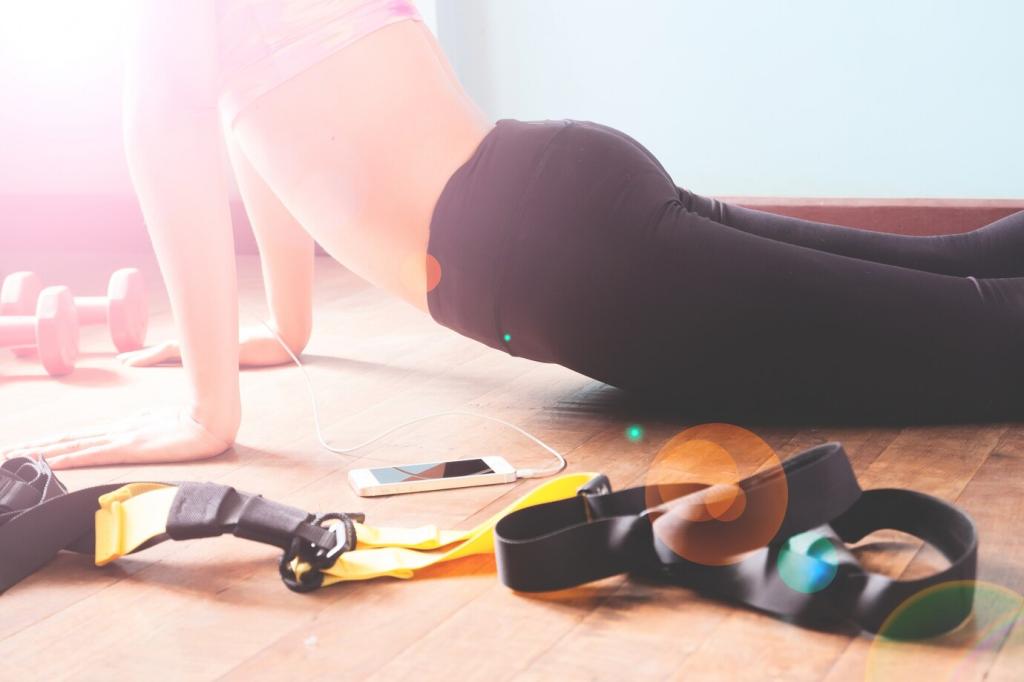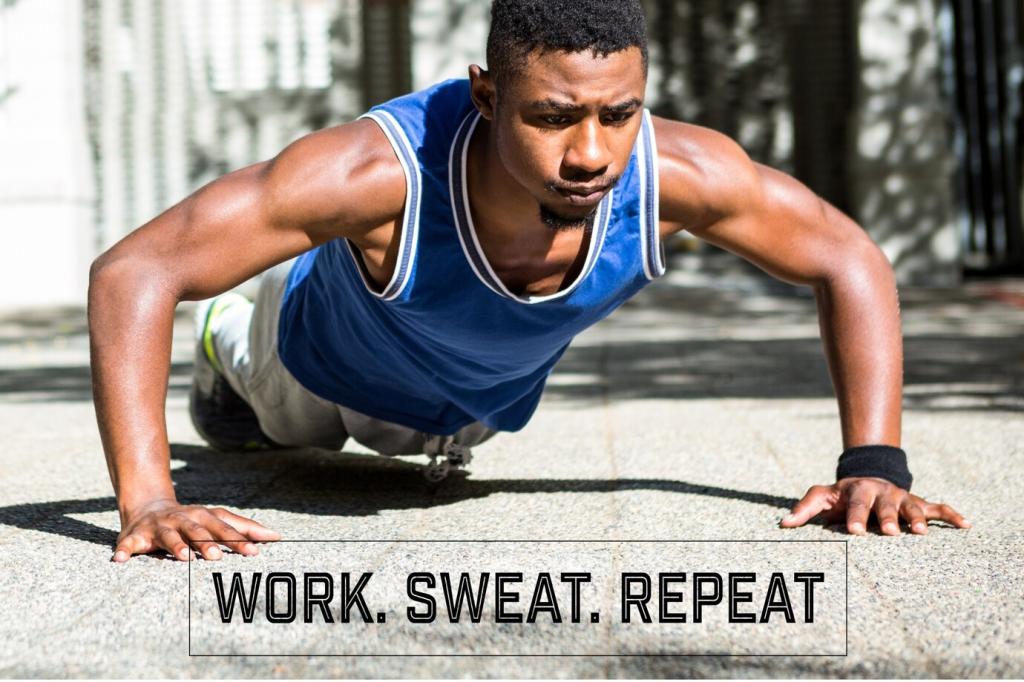
Effective Personalization in Fitness Plans: Your Path, Your Pace
Today’s theme: Effective Personalization in Fitness Plans. Welcome! Here we celebrate training that fits your body, schedule, and story. Expect actionable ideas, honest anecdotes, and experiments you can try today. Ask questions in the comments, subscribe for more tailored insights, and share your personal wins so we can cheer you on.

Data That Personalizes: Biometrics and Behavior
Measure What Moves the Needle
Start with three easy metrics: weekly sleep hours, average daily steps, and subjective energy on a 1–5 scale. Add resting heart rate if you can. These snapshots reveal whether your plan supports recovery. Subscribe for a lightweight tracking template, or share your current metrics for a personalized adjustment suggestion.
Turn Numbers Into Decisions
Let data inform choices: if HRV dips and sleep tanks, pivot to technique work or a mellow zone-2 session. If energy feels high and soreness is low, ride the wave with a small volume bump. Comment with a recent tough week, and we’ll outline a supportive micro-adjustment to test next session.
Respect Variability
Shift workers, new parents, and students face fluctuating demands. Personalization honors that. Rotate A/B/C session intensities across the week, swapping in mobility or walking when life spikes. I once saved a client’s streak by halving their plan on exam week—consistency survived, momentum grew. How will you adapt this month?
Personalized Programming: Volume, Intensity, and Exercise Selection
01
Find Your Minimum Effective Dose
Begin at the smallest dose that yields progress—perhaps two full-body sessions and one brisk walk weekly. Add sets or minutes only when you’ve kept a two-week consistency streak. Small wins stack quickly. Tell us your current baseline, and we’ll suggest a minimal upgrade that feels exciting, not overwhelming.
02
Intensity Anchors That Fit You
Choose anchors you can trust: talk test for runs, RPE for lifts, and heart-rate zones for conditioning. If gadgets stress you out, ditch them and keep one subjective anchor. A client grew strongest using only RPE and a training log. What anchor feels natural for you? Share and we’ll tailor it.
03
Exercise Selection That Honors Your Body
No single exercise is mandatory. Swap barbell back squats for goblet squats, push-ups for dumbbell presses, or running for cycling if joints complain. Keep the intent, change the tool. Write your cranky movement below, and we’ll propose three alternatives that preserve stimulus while reducing discomfort or logistical friction.


Nutrition Alignment for Your Plan
On higher-intensity days, increase carbs to support quality efforts; on recovery days, emphasize protein, plants, and hydration. Keep targets broad, not rigid. Periodize gently—think dial, not switch. Share your weekly schedule, and we’ll outline a simple macro rhythm that complements your current training split and lifestyle.
Nutrition Alignment for Your Plan
If early workouts crush appetite, try a small pre-session snack—banana with peanut butter, yogurt, or a shake—and a balanced meal afterward. Late sessions? Aim for lighter, easier-to-digest options. The best timing is the one you can repeat happily. Comment with your routine; we’ll suggest a friction-free tweak to try.
Recovery Personalization: Sleep, Stress, and Deloads
Sleep as a Training Block
Pick one habit: a consistent bedtime, a wind-down ritual, or device curfew. Track average hours, not perfection. A reader improved squats simply by protecting 45 extra minutes of sleep. What’s your one-sleep commitment this week? Share it here so we can celebrate the follow-through together next Friday.


Stress-Guided Modulation
High stress doesn’t cancel training; it reshapes it. Swap PR attempts for tempo work, breathing drills, or a nature walk. One client broke a plateau by doing just twenty minutes of easy intervals during a chaotic quarter. Tell us your stress level today, and we’ll personalize your next session accordingly.
Weekly Reviews With Simple Prompts
Answer three prompts every Sunday: What worked? What felt heavy? What one change will I test? Ten minutes here can save weeks of guesswork. Share your answers below or subscribe to get our gentle weekly review reminder. Personalization grows from honest, specific reflections like these.
Test–Retest Protocols
Choose a few repeatable markers: a 2K row time, a five-rep goblet squat weight, or a three-minute push-up test. Retest every 3–4 weeks, keeping warm-up consistent. If a marker stalls, adjust volume or intensity. Tell us your markers, and we’ll suggest calibration steps tailored to your context.
When to Pivot Versus Persist
If adherence is solid but progress stalls for two to three weeks, pivot one variable: sets, rest, exercise, or frequency. If adherence is shaky, simplify instead. Post your situation and constraints, and we’ll recommend a small, evidence-informed tweak to test before the next review cycle.
Pick an Accountability Style
Options include a training partner, a tiny group chat, a public log, or quiet check-ins with a coach. Match the style to your personality and bandwidth. Share which one sounds sustainable for you, and we’ll suggest a lightweight structure to keep you consistent without pressure or perfectionism.
Micro-Challenges and Celebrations
Design tiny challenges—seven-day mobility streaks, three-week step goals, or a personal best attempt on a friendly timeline. Celebrate loudly, even when wins feel small. Post your next micro-challenge and subscribe to join our monthly community roundup of personalized victories and experiments worth repeating.
Boundaries Protect Consistency
Comparison can derail personalization. Mute feeds that trigger pressure, set time-boxed scrolling, and revisit your why weekly. One reader found peace by swapping morning doomscrolling for a walk playlist. What boundary will you try this week? Comment it here and let us know how it felt in seven days.
